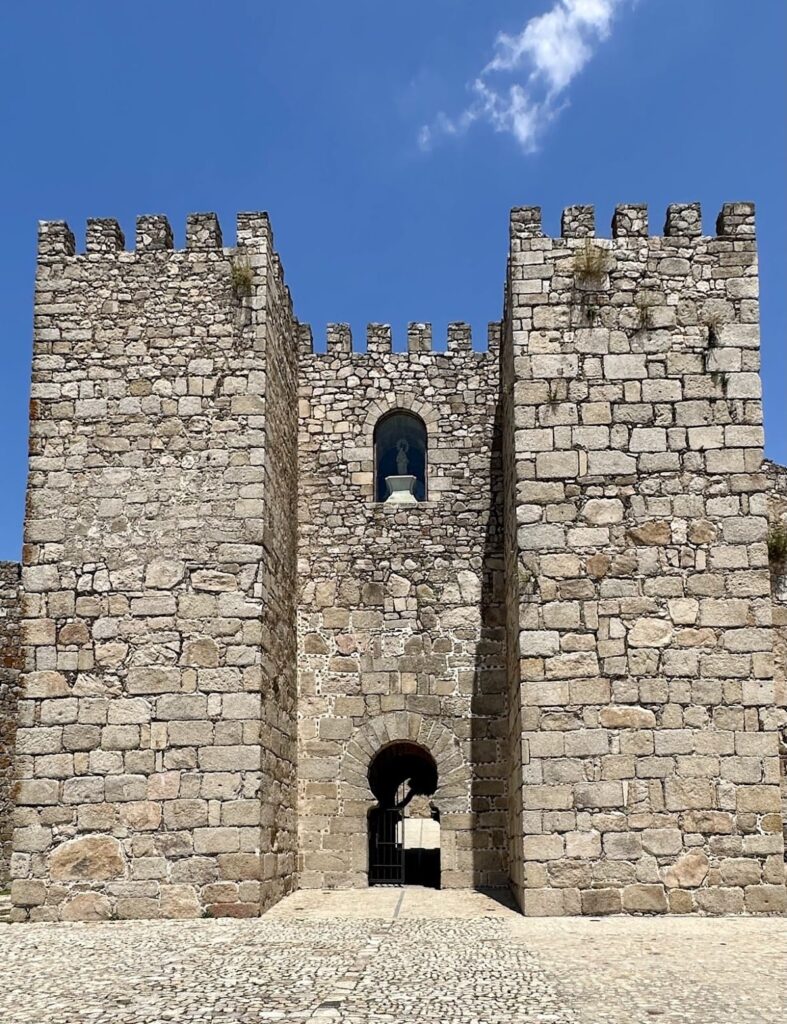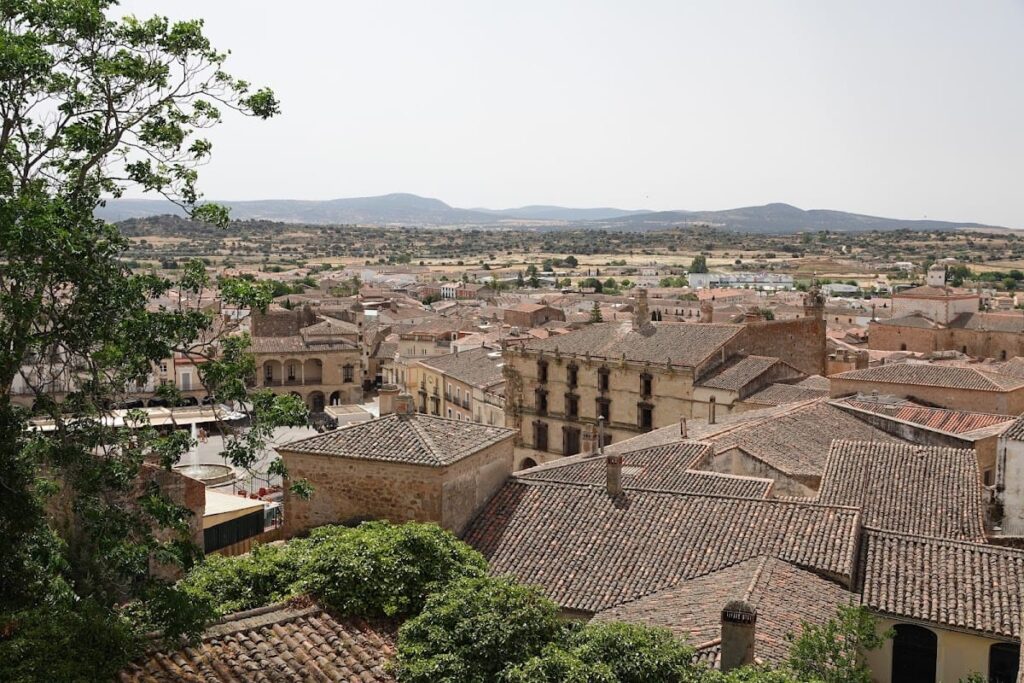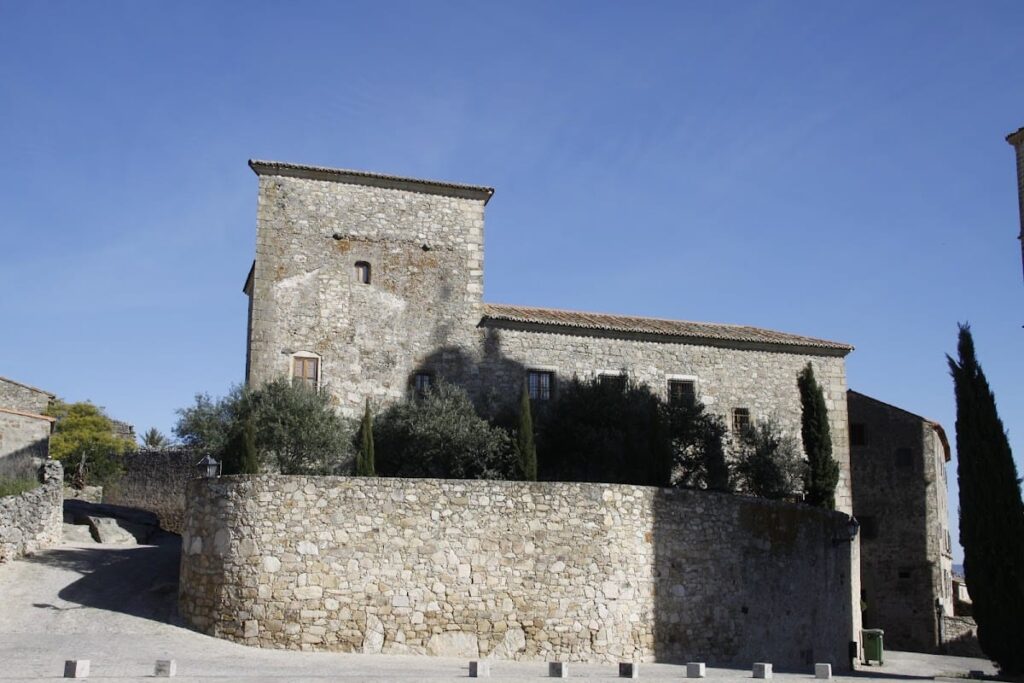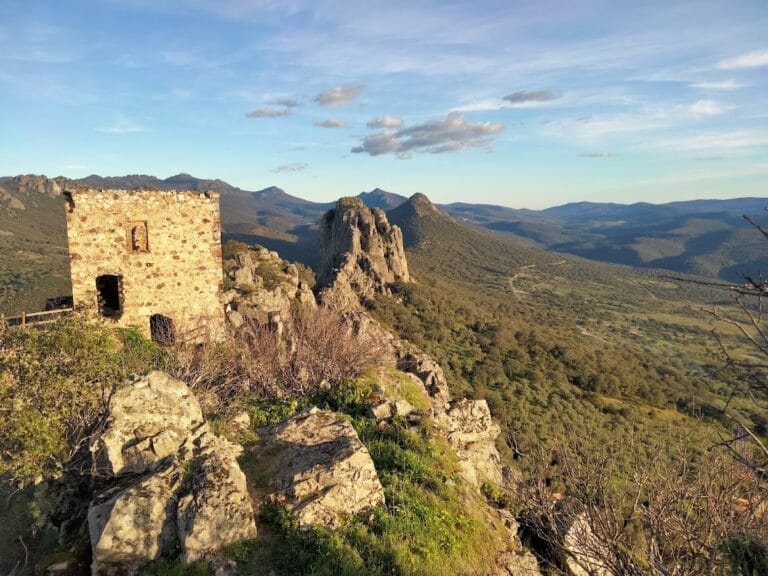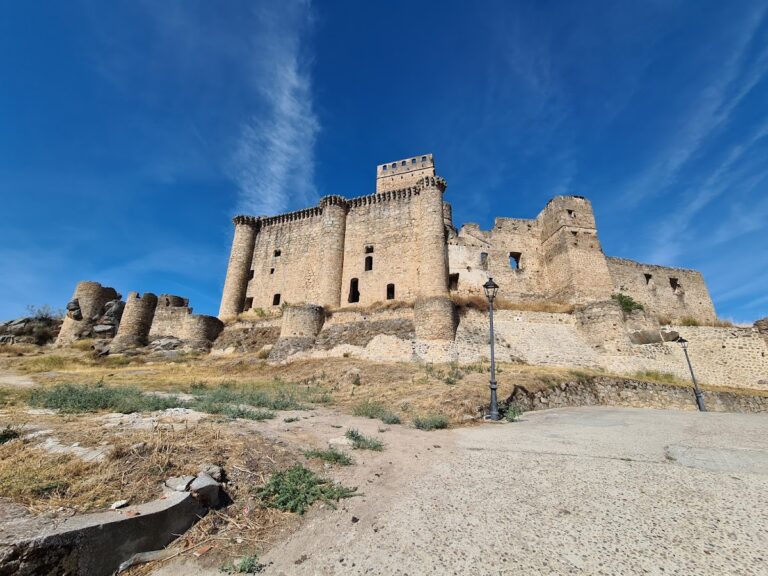Castillo de Trujillo: A Historic Fortress in Cáceres, Spain
Visitor Information
Google Rating: 4.5
Popularity: Medium
Google Maps: View on Google Maps
Official Website: trujilloteespera.com
Country: Spain
Civilization: Medieval Islamic
Remains: Military
History
The Castillo de Trujillo is situated in the town of Trujillo, within the province of Cáceres in western Spain. It occupies the highest point of the town, a hill known historically as Cabeza del Zorro or Cabeza de Toro. The fortress was originally constructed by Arab builders between the 9th and 12th centuries, during the period of Muslim rule in the Iberian Peninsula.
The earliest phase of the castle’s history traces back to a Moorish fortress established in the 9th or 10th century. This initial stronghold formed the foundation upon which later medieval expansions were made. In the 13th century, following the Christian reconquest of the region, the castle underwent significant enlargement and reinforcement to adapt to new military needs.
During the 15th century, the castle complex was further developed with the addition of a second walled enclosure known as an albacara. This outer defensive area enhanced the fortress’s protection and reflected evolving military architecture. At the same time, the castle’s gates and walls were modified and restored, with further reforms continuing into the 16th century. These changes helped maintain the castle’s strategic and administrative roles in the region.
Over the centuries, the Castillo de Trujillo has remained a prominent landmark, symbolizing the layered history of conquest and settlement in this part of Spain. Its association with the Virgin of Victory, the town’s patron saint, is marked by an image placed above the main entrance, linking the fortress to local religious traditions.
Remains
The Castillo de Trujillo is built primarily of granite ashlar blocks and masonry, arranged to form a fortress with a commanding presence atop the hill. The layout includes a central castle complex surrounded by a ring of defensive walls, known as an alcazaba, which encloses the old quarter of the town.
Several square towers, typical of Islamic military design, punctuate the fortress walls. Two of these towers flank the main entrance, which is notable for its horseshoe arch, a characteristic feature of Moorish architecture. Above this entrance is an image of the Virgin of Victory, reflecting the castle’s religious significance to the local community.
Within the fortress, two Arab cisterns, or aljibes, survive as some of the oldest elements. These cisterns were used to collect and store water, essential for sustaining the castle’s inhabitants during sieges. The outer walls, constructed from a combination of ashlar and rubble masonry, include seventeen rectangular towers and battlements known as almenas, which provided defensive positions for guards.
Originally, the walls featured seven gates, but only four remain today: San Andrés, Santiago, Coria, and Triunfo. These gates were renovated during the 15th and 16th centuries, reflecting ongoing efforts to maintain the fortress’s defenses. The castle complex also contains a barracks courtyard, underscoring its military function throughout history.
The castle and its walls have undergone various restorations, particularly in the 20th century, aimed at preserving their structural integrity. These efforts have helped maintain the site as a protected historic monument, allowing the architectural and archaeological features to remain visible and accessible for study.

